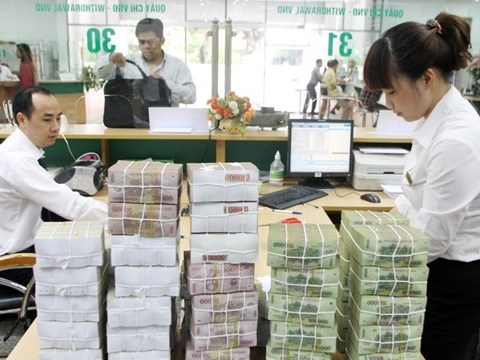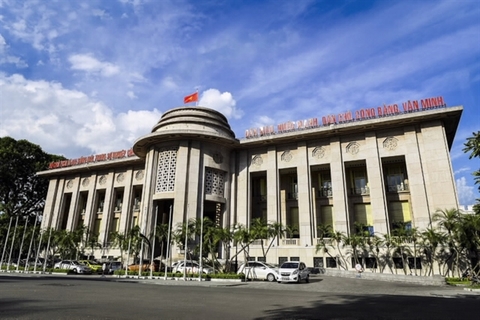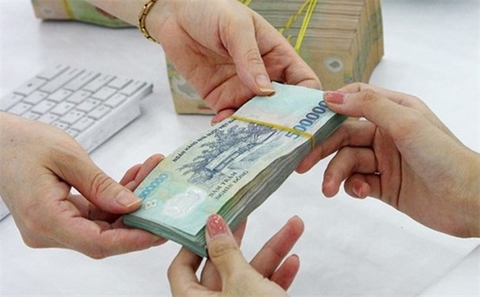Policy rate cut not a sign of monetary easing: Experts
Policy rate cut not a sign of monetary easing: Experts
Though it is believed that the State Bank of Vietnam’s (SBV) policy rate cut early this week might result in lower lending rates at local banks, some financial experts have said that a decline in the lending rate is unlikely for the rest of this year.

The central bank has announced the cut of several key policy rates by 25 basis points, starting from September 16, to support economic growth. These are the first rate cuts by the SBV since October 2017.
However, speaking to Tin Tuc website, banking expert Nguyen Tri Hieu stated that the central bank’s move will only have an effect on the interbank market, where available funds are loaned and borrowed among banks.
Benefiting from the policy, local banks may use capital borrowed from the interbank market to lend to their clients---economic organizations and individuals. However, the policy will not influence lending rates significantly because there are no connections between the two lending markets.
Like previous policy rate cuts, the 25 basis point cut on the interbank market makes little sense to the market between banks and clients, where lending rates are now 9% to 11% per year.
Currently, banks are raising deposit rates to improve medium- to long-term capital mobilization, so they may not lower their lending rates. The central bank’s monetary easing policy simply aims to support economic growth and exports, Hieu explained.
Meanwhile, Can Van Luc, a member of the National Financial and Monetary Policy Advisory Council, remarked that another policy rate cut is unlikely for the rest of this year, and that interest rates are not a bottleneck for the local economy at present.
Regarding the possibility of lending rate reductions at banks, Luc stated that the central bank’s recent actions will not have a strong impact on the bank-client market. The policy rate cut will only affect the interbank market, banks with liquidity problems or those that have offered credit packages with refinanced capital.
Even if the central bank cuts policy rates further by one or two percentage points, the influence on the bank-client market will remain modest due to the lack of connections between the two lending markets. However, its recent move may at least keep lending rates unchanged, despite slight deposit rate increases of late.
To lower lending rates at banks, according to Luc, banks have to reduce deposit rates while maintaining the gap between the two rates at three percentage points. The condition for a deposit rate cut is that the Government must try to ease inflation.
“To offer lending rates of 9% per year to borrowers, banks must slash mobilization rates to some 6% and inflation should be kept at 4%. For lending rates of 5% per year, the two other figures must be 2% and 0%, respectively,” the expert added.
According to Hieu, another condition is that banking operations should be healthy. However, this is a hard subject for the local economy now as local banks are still racking up large bad debts.






















